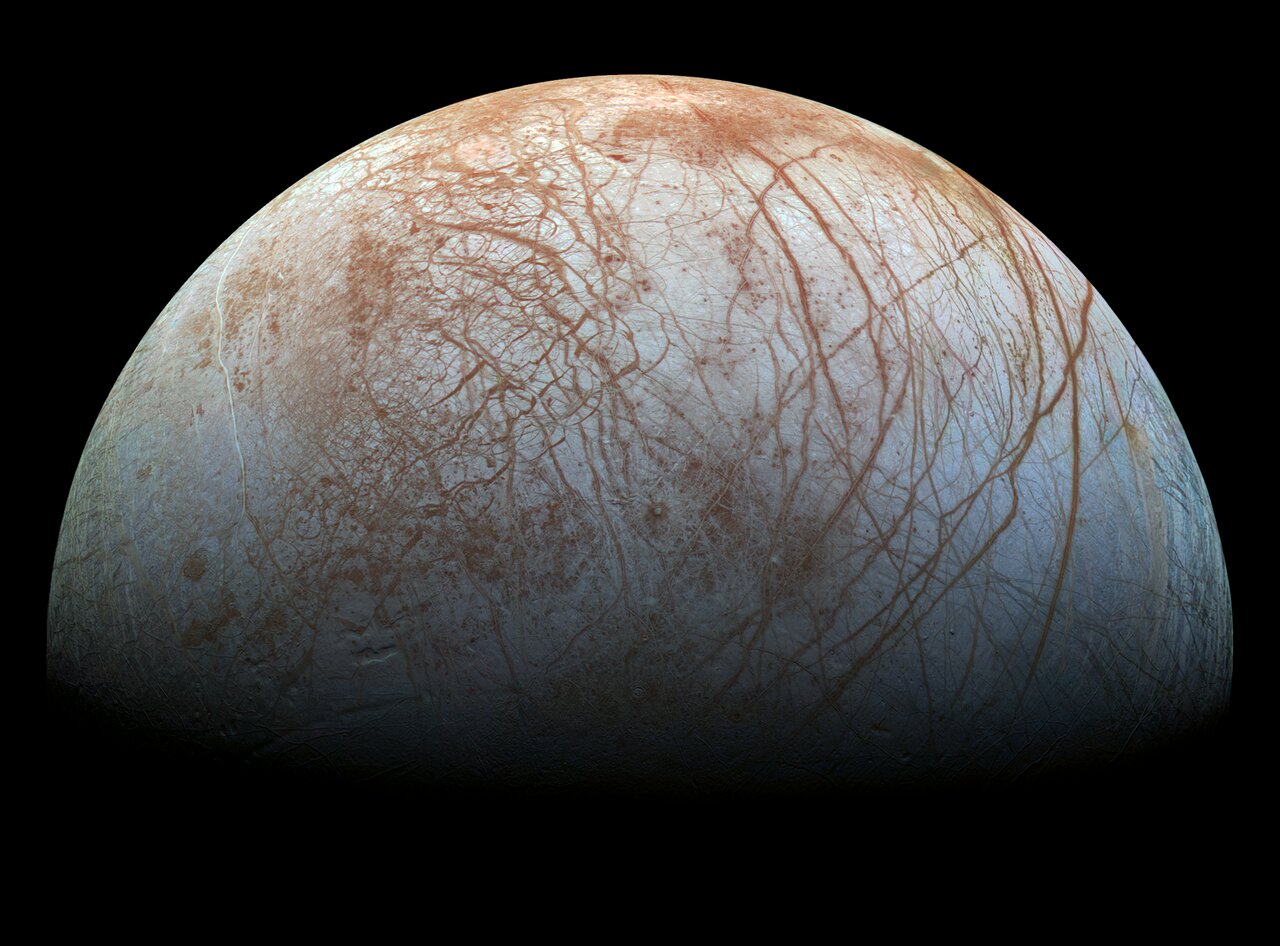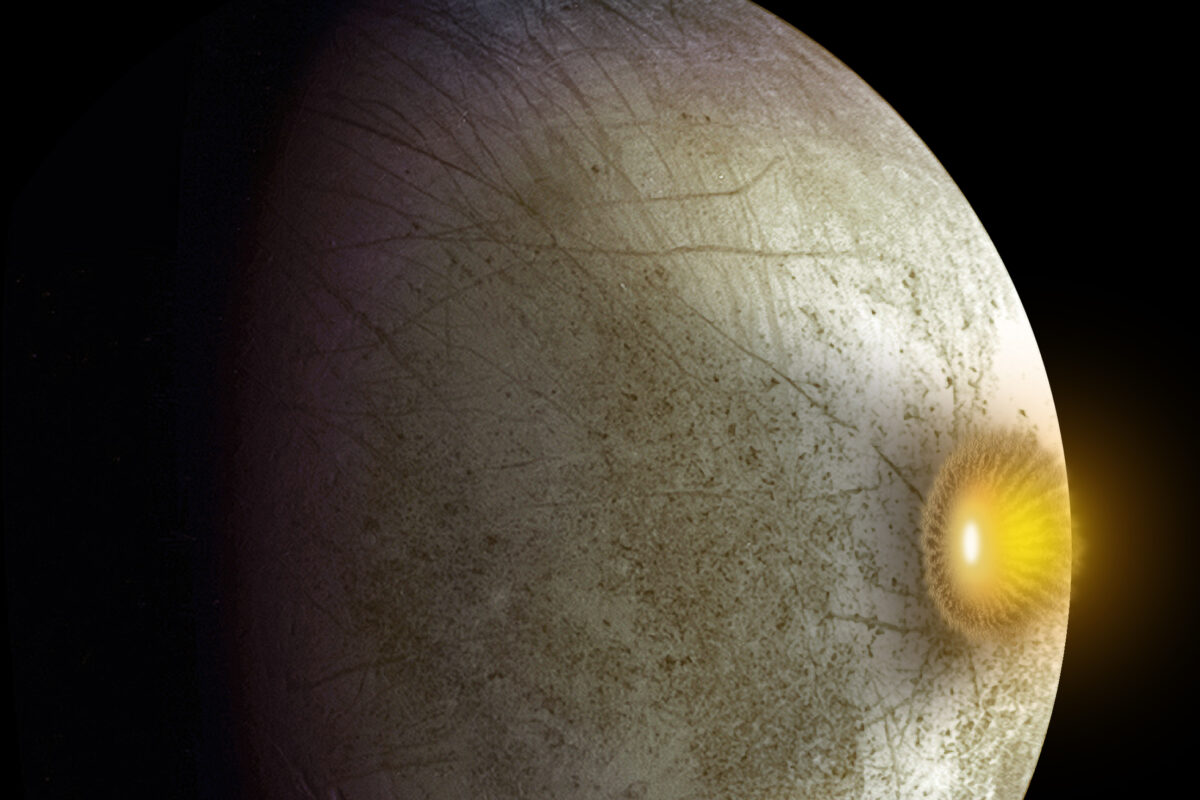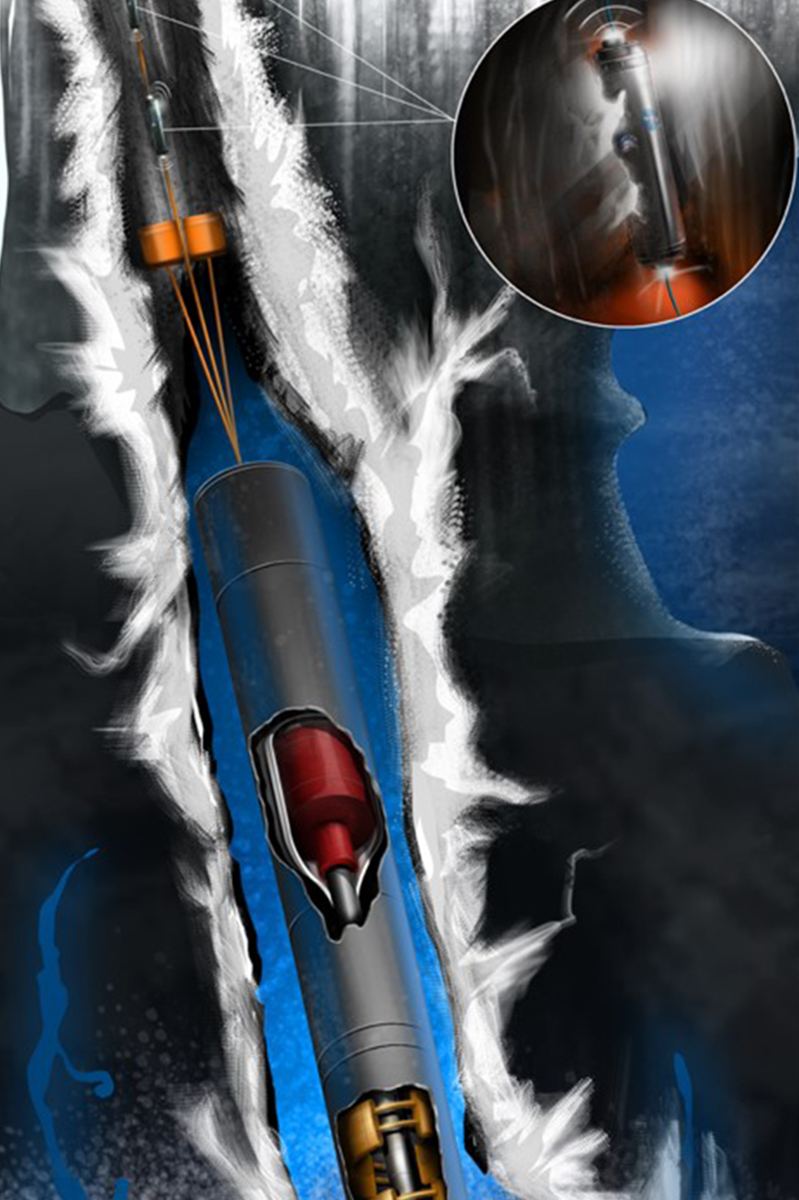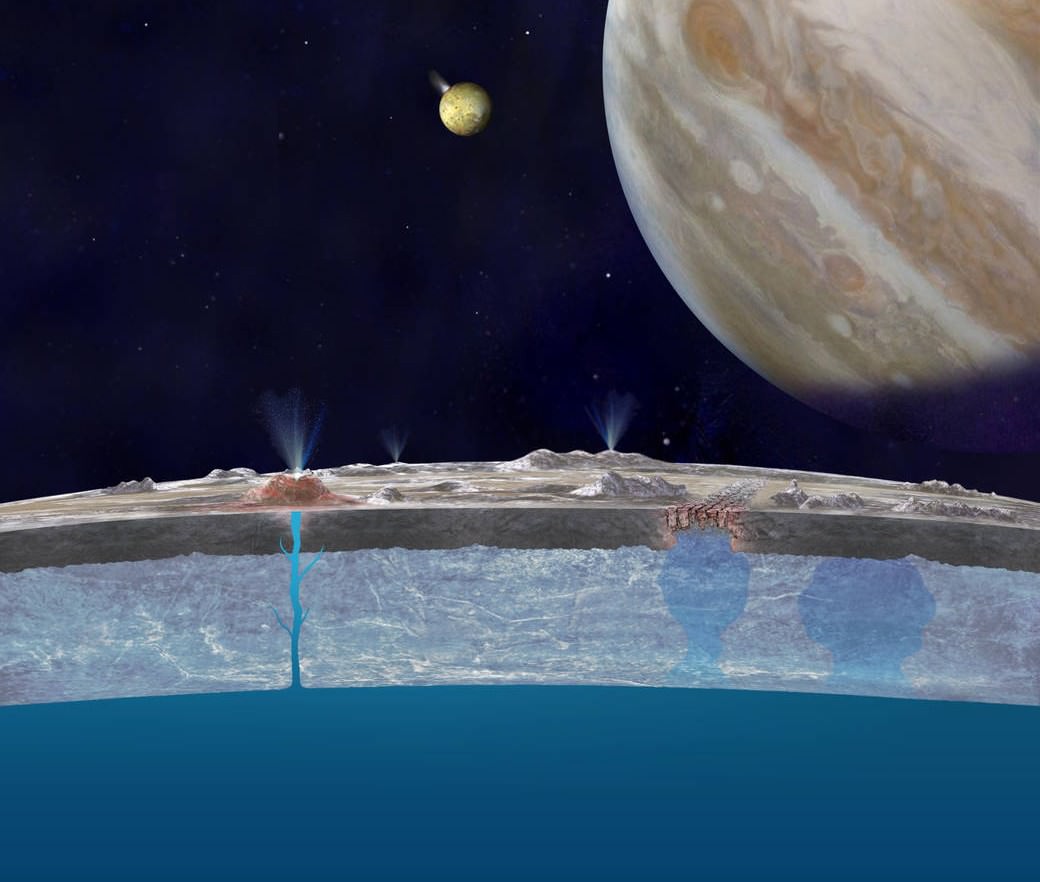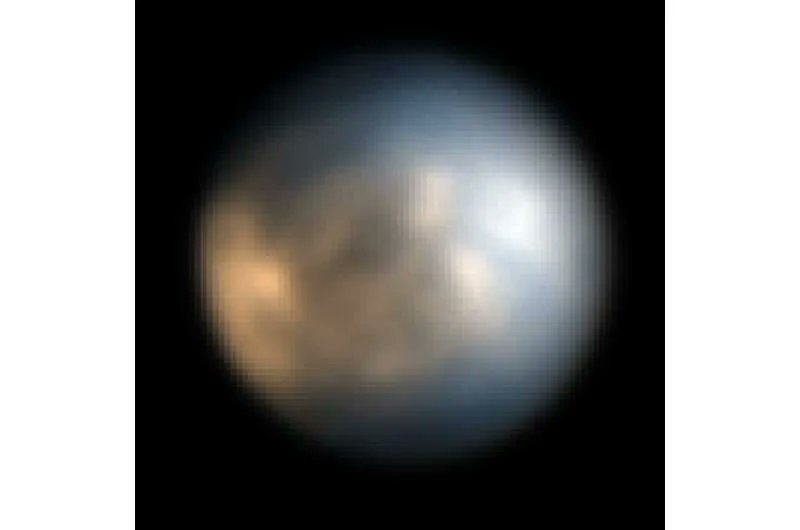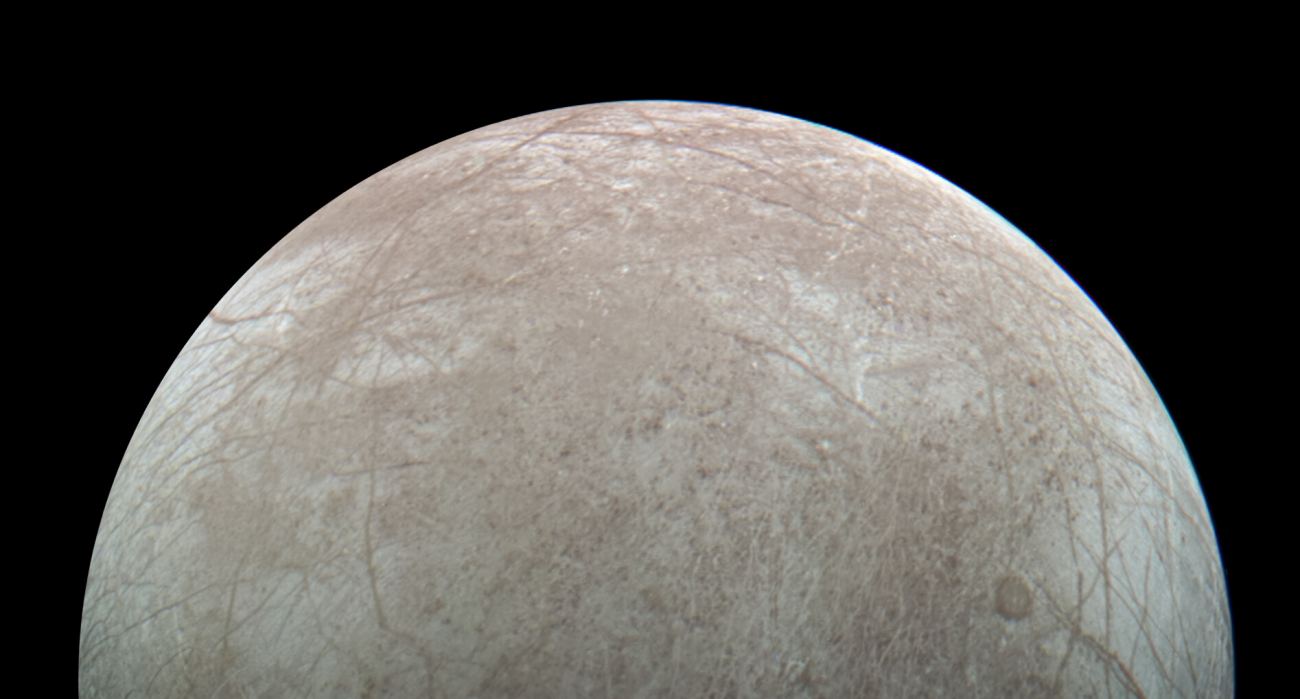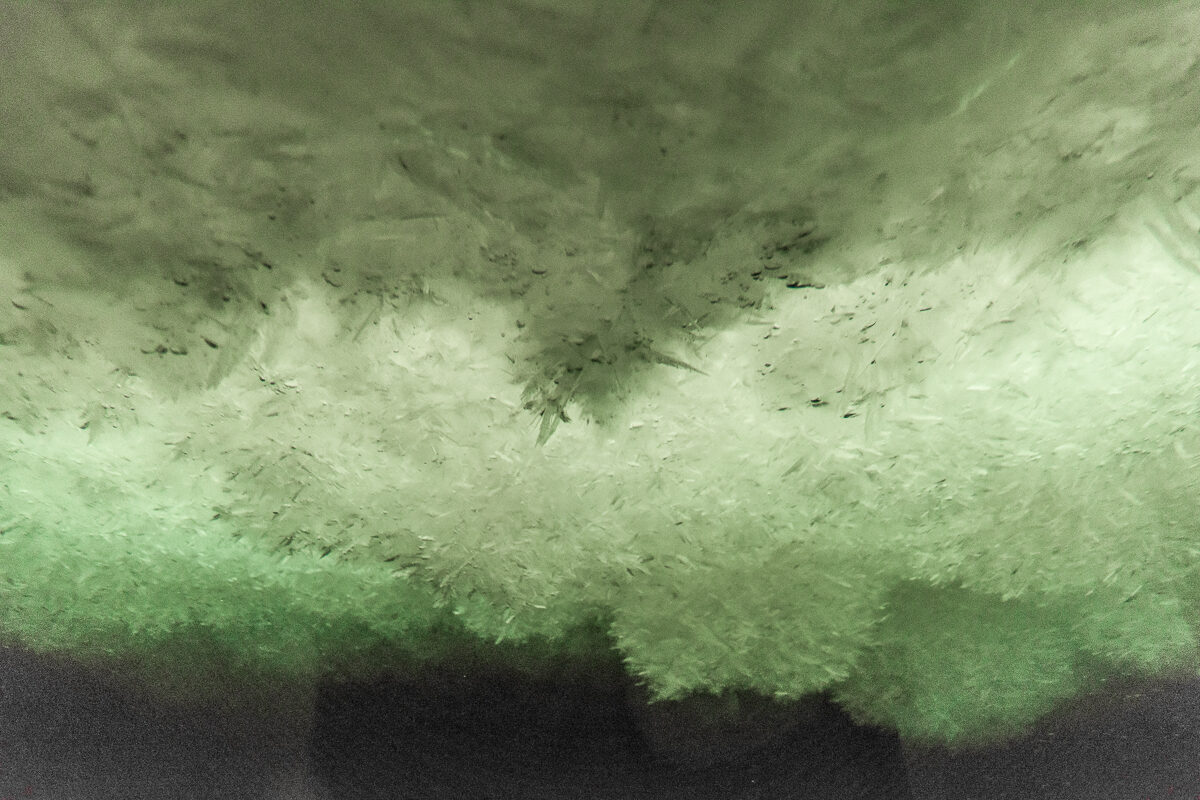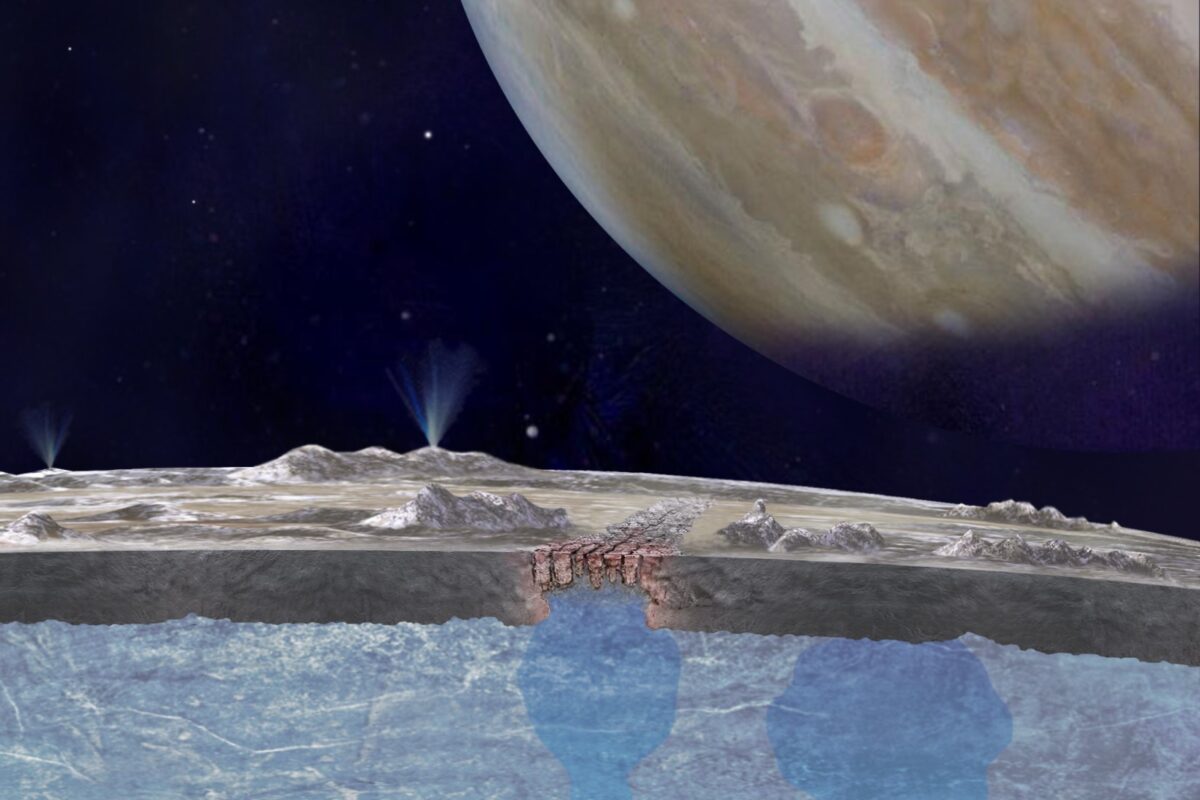In the coming years, NASA and the European Space Agency (ESA) will send two robotic missions to explore Jupiter’s icy moon Europa. These are none other than NASA’s Europa Clipper and the ESA’s Jupiter Icy Moons Explorer (JUICE), which will launch in 2024, and 2023 (respectively). Once they arrive by the 2030s, they will study Europa’s surface with a series of flybys to determine if its interior ocean could support life. These will be the first astrobiology missions to an icy moon in the outer Solar System, collectively known as “Ocean Worlds.”
One of the many challenges for these missions is how to mine through the thick icy crusts and obtain samples from the interior ocean for analysis. According to a proposal by Dr. Theresa Benyo (a physicist and the principal investigator of the lattice confinement fusion project at NASA’s Glenn Research Center), a possible solution is to use a special reactor that relies on fission and fusion reactions. This proposal was selected for Phase I development by the NASA Innovative Advanced Concepts (NIAC) program, which includes a $12,500 grant.
Continue reading “A Hybrid Fission/Fusion Reactor Could be the Best way to get Through the ice on Europa”
